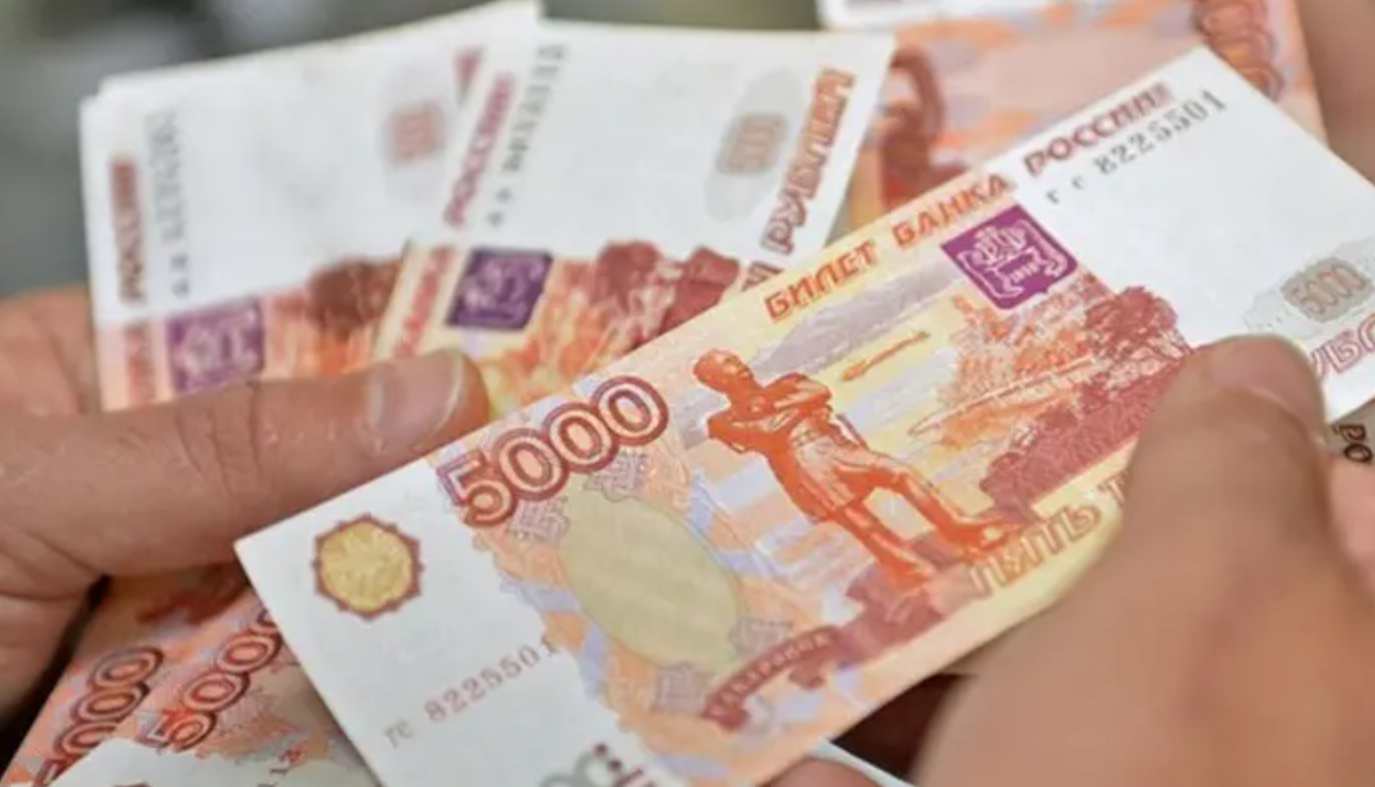Putin offers BRICS a new payment system to bypass the dollar: can the Kremlin do it?
22 October 2024 13:53 РОЗБІР ВІД
РОЗБІР ВІД Russia has stepped up its efforts to create an alternative global financial system through the BRICS grouping in an effort to reduce its dependence on the US dollar. According to the Economist, Moscow is calling on its BRICS partners to support the launch of a decentralised, real-time cross-border payment system based on digital currencies. However, whether Putin’s dreams can become a reality, the
The current dollar-dominated financial system gives the United States considerable leverage through the ability to control cash flows and impose sanctions, as it did after Russia’s invasion of Ukraine in 2022. Therefore, the Kremlin is seeking to create a new system in which central banks, rather than traditional bank correspondents with access to the dollar clearing system, will play a major role.
The draft, entitled “BRICS Bridge”, was unveiled this month and runs to 48 pages. The document was developed by the Ministry of Finance and the Central Bank of Russia. The main idea is to use digital money backed by national fiat currencies. This system will be part of Russia’s plan to circumvent sanctions and minimise dependence on the dollar.
India and China are the real drivers behind the launch of the new BRICS payment system
Political analyst Taras Zagorodniy, Managing Partner of the National Anti-Crisis Group, in an exclusive commentary
“Putin may want a lot of things, but the real driver is China and, to some extent, India. China is interested in an alternative system if it is based on the yuan. They want the yuan to become as influential a currency as the dollar or the euro,” Zagorodniy said.
China, as a leader in the BRICS, is trying to promote its currency, and this is in line with its long-term goals, the expert adds.
Zagorodniy also emphasises that for Russia, the creation of an alternative payment system is an attempt to gain more control, but in practice, its role is secondary.
“The Russians, for example, already sell oil for yuan and rupiah, and this is perfectly fine with India and China. They do not need to create additional alternative currencies. At this stage, Russia is actually exchanging its resources for foreign currency on favourable terms for India and China,” said Taras Zagorodniy.
Russia’s attempts to influence the new financial structure will not be successful, as China and India already have favourable conditions for transactions with Russia and do not need to create new payment mechanisms, Zagorodniy concludes.
mBridge: will the new BRICS platform become an alternative to international transactions?
The Economist notes that the Russian plan is partly based on the experience of the experimental mBridge platform created by the Bank for International Settlements (BIS) in cooperation with the central banks of China, Hong Kong, Thailand and the UAE. Launched in 2019, mBridge has shown successful results, reducing transaction times to a few seconds and almost completely reducing their cost.
In June, the BIS announced that mBridge had reached the “minimum viable product” stage, which was recently joined by the Saudi Arabian Central Bank. Despite this, some Western officials have expressed concerns that such technologies could be used by countries with “unfriendly intentions”. This has already forced the BIS to slow down work on the project, limiting access to new participants.
The West is also considering upgrading its existing dollar-based payment system to make it competitive with the new BRICS initiatives. However, the success of the BRICS system is far from guaranteed, as participants will face liquidity issues and the need for significant government subsidies.
Author: Anastasia Fedor









